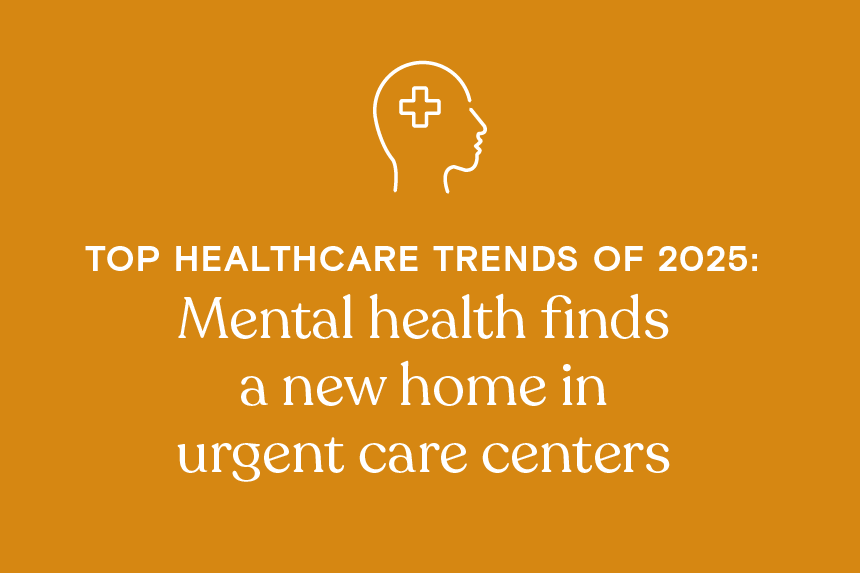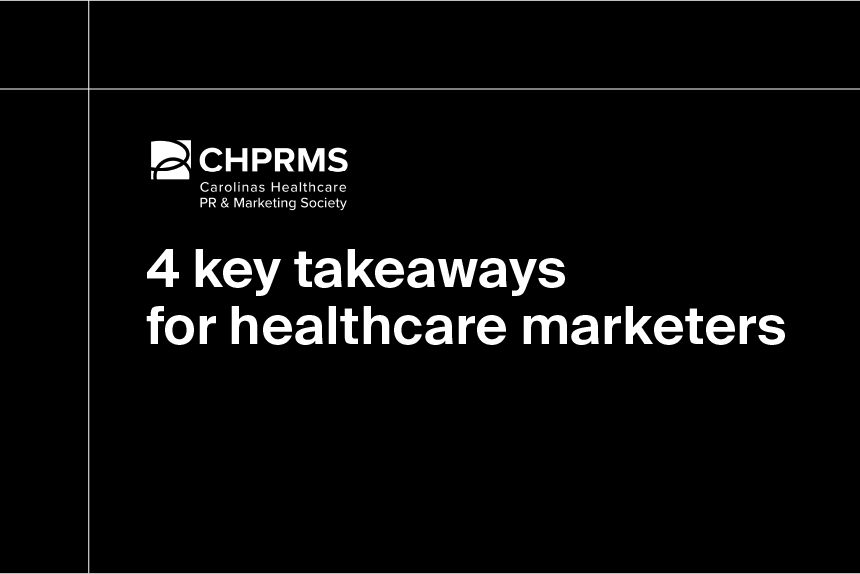Fig. 2 Proportion of psychologists seeing changes in their workloads in the last 12 months, 2023. Source: American Psychological Association 2023 Practitioner Pulse Survey.
One of the primary advantages of behavioral health urgent care clinics is their ability to provide immediate access to care. For people facing a crisis—be it a panic attack, suicidal thoughts, or acute stress—prompt intervention can be lifesaving. These clinics often operate on a walk-in basis, reducing wait times and making it easier for those to seek help without an appointment.
Connecting patients to ongoing treatment
Beyond crisis intervention, these clinics can play a role in connecting patients to ongoing treatment for mental health or substance use disorders. After an initial assessment and stabilization, clinicians can refer individuals to therapists, psychiatrists, and community resources, making sure they get the continued support they need. And like conventional urgent care clinics, these specialized urgent care clinics can serve as referral sources for health systems.
Reducing the burden on emergency departments
With long wait times for outpatient care, many people find themselves turning to emergency rooms for behavioral health crises—often a level of care they neither want nor need. By redirecting those seeking mental health support away from overcrowded ERs—where about 8% of visits are related to mental health issues—these clinics can not only improve access to care for patients but can also help hospitals operate more efficiently, especially as many ERs struggle to keep up with demand.
Mental health emergencies often require more time and resources, with psychiatric visits taking 42% longer than non-psychiatric visits. They also lead to higher rates of inpatient admissions and transfers, along with a greater percentage of self-pay or charity care.
Moreover, many ERs are not equipped to handle behavioral health crises beyond initial stabilization. This can result in “boarding,” where patients wait long periods in ERs for appropriate care—sometimes for hours, days, or even weeks—after their evaluation is complete but before they can be admitted or transferred. During this time, most patients don’t receive psychiatric services, yet the average daily cost is $2,264.
The challenge of boarding psychiatric patients in EDs not only hampers their capacity but also strains resources and increases wait times for all patients. This situation fosters frustration and puts additional pressure on healthcare staff. By shifting mental health crises to urgent care centers specifically designed for these needs, health systems can help both patients and mental health providers.
Overcoming the challenges ahead
While the growth of behavioral health urgent care clinics is encouraging, there are still some significant challenges to tackle. One of the biggest hurdles is the pressing need for more trained professionals in the field. As more people seek mental health services, the shortage of providers makes it difficult to meet their needs effectively. Already, more than 150 million people live in federally designated mental health professional shortage areas. Addressing this hurdle will be essential for ensuring that behavioral health urgent care clinics can fulfill their potential to provide timely and effective mental health support.
Find out what’s next for behavioral health services
Over the next year, expect more health systems to explore urgent care models for mental health and to partner with community organizations to help patients connect to appropriate behavioral health resources. This emerging trend could bring numerous benefits: it could improve access to timely support for people in crisis, lower costs for patients and payors by diverting unnecessary ED visits, and provide health systems with a more efficient way to manage patient care and resources. It also opens doors for companies that support health systems and other provider organizations in developing and delivering effective behavioral health services. While the potential for improved outcomes is promising, it will be important to monitor the impact of these new services on the broader healthcare ecosystem.
Want a deeper dive into the behavioral health landscape? Definitive Healthcare offers comprehensive data and analysis on behavioral health facilities and providers across the U.S., providing valuable insights into market trends and opportunities. Sign up for a free trial today to get a sample dataset and discover potential partners and new avenues for growth.




